Ford, Mazda, Volvo all seem to get along
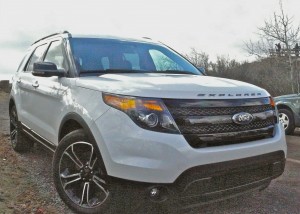
Ford, Mazda and Volvo were closely aligned affiliates for years, but all are doing well on their own.
By John Gilbert
When Ford Motor Company owned Volvo and had a solid percentage of Mazda a decade ago, all three seemed to be thriving, as Ford used those two affiliates in a tight network of platforms and engines that led to some excellent vehicles.
When Ford first brought out the Probe sports coupe, it had a 4-cylinder Mazda engine and a V6 from Ford, and Mazda actually built the car for Ford in Flat Rock, Mich. Later, Ford saw that Mazda was building the Tribute compact SUV, which was exactly what Ford was visualizing, so they collaborated and Ford built both the Tribute for Mazda and the Escape for itself. Mazda supplied Ford with an exceptional 2.0-liter 4-cylinder engine that has evolved into the Ford engine now being turbocharged as the EcoBoost. Ford also brought in the rock-solid Volvo platform to underpin the Edge and the Taurus, and used the same technology for the new Explorer. The very successful European Focus was another example of the global treatment, as Ford equipped its prize compact with the 2.0-liter Mazda engine, and built it on a Volvo S40 platform.
When the economy sputtered, Ford protected its bottom line by divesting itself of its connection to Mazda and ownership of Volvo, and all three went their separate ways. All three continue to build impressive vehicles independently. Ford is doing the best its ever done, making major headlines with its EcoBoost powerplants. Mazda has continued to make breakthrough engines with its new Skyactiv technology. And Volvo has improved its breed, agreeing to be bought by a Chinese holding company that owns Geely, a Chinese car company. All Volvo needs to continue building strong, safe vehicles is financial support, and the Chinese ownership can provide that.
That makes it interesting to take a look at what the three are doing in the midsize SUV market segment, where they used to collaborate.
FORD EXPLORER
The Explorer is generally credited with igniting the move down from the largest SUVs to more maneuverable and more efficient midsize vehicles. Since then, Ford has squeezed the Edge, Flex, and Escape in under the Explorer, so the latest Explorer is larger, as if to bridge the gap from midsize to large.
The Explorer benefits from the EcoBoost plan of using smaller-displacement engines, turbocharg them to reclaim the power of larger alternatives. The enlarged Explorer can range from a 2.0 EcoBoost four, to a 3.5 V6 with 290 horsepower, and all-new for 2013 is the Explorer Sport, a specialty SUV with blacked out grille and lower front fascia, and the 3.5-liter EcoBoost V6.
The Sport 2.0 engine, with twin turbocharging, delivers 350 horsepower and 350 foot-pounds of torque, increasing towing capacity to 5,000 pounds. A 6-speed automatic transmission with steering wheel paddles is well coordinated with Ford’s terrain management system, which seems to be a thinly disguised copy of the system used by Range Rover — another marquee Ford owned but recently sold. Settings for smooth pavement, foul weather, and even off-road terrain are available at the twist of a console knob. The Sport package also has a stiffer suspension with specially tuned steering, and unique 20-inch wheels. Read more
Infiniti G37X S Coupe smoothly covers all seasons
By John Gilbert
When a car has really smooth handling, we say it feels as if it’s riding on rails. But no rails I’ve ever ridden on come close to the level of smoothness of the Infiniti G37X S Coupe.
Smoothness: A subjective thing, usually difficult to quantify. But not this time. This one’s easy. The Infiniti G37X S belongs on the list usually reserved for some models of Mercedes, BMW, Audi, Porsche, Acura, or Lexus.
There are a lot of memorable features about driving the Infiniti G37X S for a week in all imaginable weather conditions, but the most impressive is that remarkable smoothness when cruising on a freeway. That is not to diminish the Samurai-sword precision with which the G37X S carves around curves, or accelerates, stops and handles.
But at $41,450, the 2013 G37 Coupe with all-wheel drive can be the perfect prescription to cure the midlife-crisis-blues as a legitimate sports car to ease the aging process, but the AWD is worth the added base price because it lifts the car to all-weather, all-climate performance. Appearance-wise, the G37 has a sleek, GT look, and that signature Infiniti grille still shows a resemblance to a stack of sword blades, twisted slightly at either end.
The 3.7-liter V6 blasts off with 330 horsepower and 270 foot-pounds of torque, and the 7-speed automatic harnesses all that power either gracefully or with neck-snapping force — you pick, using the slick-shifting Drive-Sport mode, with its impressive steering-column-mounted shift paddles. The transmission has rev-matching throttle blips. Programmed to function when you’re in manual shift mode and click the left paddle for manual downshifts, the revs pop up as though you had a stick shift and were heel-and-toeing on a road-racing track. Read more
Prius V gives Toyota versatile hybrid entry
By John Gilbert
The world of alternative-energy vehicles is expanding virtually by the month, or week. Hybrid vehicles, electric cars, turbo-diesels, cars with tiny gas engines, and combinations of those, such as turbo-hybrids, all seem to have validity and are marketed to be better than the others. All we know is, there is no single answer to the problem of clean and efficient running, just a number of varied answers, all contributing to a cleaner world of automotives.
It makes sense, then, to reboot the ol’ analytical brain by going back to Toyota, to examine how and where the Prius is situated. The Prius was the first hybrid, although it was beaten to U.S. sales outlets by Honda with its Insight. Since then, The Prius has soared to great popularity, outselling all hybrids with the trusty Hybrid Synergy Drive.
The Prius line itself is almost a separate entity. While Toyota became best-known for its top-selling Camry midsize sedan, when car-buyers slowed down and then retrenched, many observers now say that Toyota is best identified by the Prius line. Along with the standard Prius compact sedan, Toyota brought out two cousins, the subcompact Prius C this year, and the elongated Prius V a year ago.
The Prius V is best described as a wagon-like hatchback with the same drivetrain as the standard front-wheel-drive Prius, but with a larger storage area behind the back seat and a higher, squared-off roof. While the smaller Prius C starts at just over $20,000, and the plug-in version of the Prius sedan can run to a high of over $30,000, the Prius V is priced at between $27,500 and $30,000. Read more
Fiat 500e is nothing short of electrifying
By John Gilbert
LOS ANGELES, CALIF. — The Fiat 500 is cute, fun, efficient, and economical, but nobody would really call it electrifying. Until now.
For 2014, the Fiat 500 will come in a version called the 500e, with the “e” standing for electric. Before consumers in 49 states get too excited about the 500e maybe becoming their electric car of choice, however, the car will require a little California Dreamin’ because the only showrooms it will reach in its initial launch will be in California.
The normal 500 has a distinct minicar look to it, and the designers and engineers have done an impressive job of smoothing out all the little quirks and wrinkles, spending 140 long hours in wind-tunnel testing to reduce the aerodynamic drag by 13 percent, to a 0.3111 coefficient of drag, said Brett Giem, who is chief engineer on the electric Fiat project. The smoothed-over frontal area makes it appear that a very sophisticated and high-class custom shop took the normal 500 and did a prize-winning job of altering it, leaving a unique look, but unmistakably a Fiat 500.
Inside that thoroughly revised bodywork, there is a structure and suspension strengthened and stiffened to optimize handling — the Fiat “fun” quotient — but something is missing. The small but effective little 4-cylinder engine with its clever MultiAir system that powers the normal Fiat 500, or the turbocharged version in the Fiat Abarth, are nowhere to be found, replaced by a powerful Bosch-supplied electric package, which consists of a liquid-cooled and heated 364-volt lithium-ion battery with 97 individual cells, created by Samsung. Computer wizards can figure out the equations, but the electric 500e develops 111 horsepower out of its 83 kilowatt electric motor, at 4,000 RPMs, with 147 foot-pounds of torque, which peaks at 0 RPMs.
Fiat, which now owns Chrysler LLC, is building the Fiat 500e in Toluca, Mexico, at the same plant where the regular 500 is being built, and the reasons for making the 500e available first in California includes: maximum demand for no-pollution alternative energy cars, an impressive array of rebates for electric cars, and an infrastructure of charging stations that set a standard for the rest of the country.
That doesn’t mean the 500e will be out of sorts in other regions. The development team did cold-weather testing in Bemidji, Minnesota; high-altitude testing in Denver; hot and dry weather tests in Las Vegas; varied weather and road surfaces in Michigan; and hot and humid testing in Naples, Florida. At the same time, Chrysler LLC was developing a climate-controlled test facility in California that can recreate desert heat, rainforest humidity, plus freezing rain and snow.
Electric cars and hybrids are carving out their own niches in the automotive world, with the critical difference coming in drivability, and range. Concerns about price seem reasonable, given that the Chevrolet Volt is over $40,000, and cars such as the Nissan Leaf and Ford Focus EV, which are the prime competition for the 500e, also cost more because of the expense of the electric motor system. The 500e costs $32,500, but starts out with a $7,500 federal tax credit, which reduces the price to a workable figure. The 500e is offered for a $199-per-month lease deal with $999 down, and there are other California rebate and incentive deals with zero-pollution cars that can be manipulated to create another lease deal of $169 a month with 0 down. Read more
Even 6-figure BMW 750iXL halted by ice, tires
By John Gilbert
Remind me, someone, to plead with the press-fleet powers at BMW to send me the new BMW 750iL for a second test-drive week, after the persistent snow and ice of this never-ending winter finally cash in their chips. As it is, the chance to experience the many wonderful features of the car, which is BMW’s flagship of luxury and class, was undone by a couple of snowstorms and some easy-slip tires.
It’s not as though I didn’t get a chance to test the 750 extensively. All the things I experienced with the car were very impressive, even for a car whose sticker price topped the $118,000 mark. As usual, the lofty price of a BMW can also be said to be worth it, based on the level of technical refinement and engineering brilliance. This car had the 4.4-liter V8, with more power than any normal driver could ever need, and all the luxury features imaginable, and a few beyond imagination.
But one characteristic out of the car-maker’s control was a major flaw, in the Great White North. The tires BMW put on the car were Pirelli P7 Cinturato by designation, and I know from past experience they are among the very best tires in the world on dry pavement, and for high-speed maneuvering. My past experience with those tires in Minnesota winter driving is less extensive, limited to the BMW X1 crossover, and in both cases, the low-profile beauty of those tires, and their ability to stick like glue to a dry track at high speed, became the farthest thing from a driver’s mind after a snowstorm.
As i was driving the 750, I couldn’t help but be reminded of the huge snowfall that hit the Northeast back in late February, I think it was, burying much of Massachusetts, New Hampshire and points north under 27 inches or snow of snow. A storm of that magnitude would be incredible wherever it happened, but it wouldn’t have commanded the national news and weather programs on network and satellite. Every time you turned on the television, you couldn’t escape the newscasters, inside their parkas, doing their obligatory reports while standing outside during the most intense parts of the blizzard.
A woman on either CNN or The Weather Channel was in a convenience store/gas station parking lot, and the swirling snow in the background made it appear to be on the edge of the Arctic Circle. She noted a car behind her spinning helplessly and unable to get out of the unplowed lot. Finally, two or three large fellows pushed and pushed and finally the free-spinning Acura TL got enough momentum to disappear out on the streets. Moments later, a subcompact, possibly a Nissan Versa or Toyota Yaris, came around the gas pumps and went by, covered with snow, and also spinning its front drive-wheels. “Here comes a little tiny car,” she said, “which, of course, will have no chance getting through this snow because it’s so light.” With that, the little car kept on churning and made it on out of the lot.
Tires matter. True, they matter for high-performance speed and cornering, and they also matter to the mainstream for long wear and smooth cruising. But they matter most in order to propel your car safely through the worst of foul-weather storms, where going off the road or being unable to get to your destination can leave you marooned. And the tires that work in one extreme condition are completely unsuited for the other extreme. Being stationed in Northern Minnesota, where such winter storms are common — and seem to be never-ending well into April of this particular year — even untrained drivers are aware of the need to get traction in wintry driving, which is mandatory for getting to work, if not simple survival. For the rest of the world, or our country, the masses may be totally unaware of the importance of worthy all-season or snow tires. And national reports on television that are erroneous don’t help.
The Acura TL in the live shot, for example, has front-wheel drive, but may well have had the factory-issue Michelin tires that are so good in dry weather and for long wear, but have a hard compound that refuses to earn traction on ice or snow. And the woman’s editorial comment about how “little cars” have no chance of getting through prove that not only experience but a shred of common sense is important before claiming that a cars size and weight is all that matters. The small car in question had front-wheel drive too, and even though it’s light, it has its weight centered over the drive wheels, and with adequate all-season tires it can keep churning on icy roads or deep snow.
I’m not blaming The Weather Channel for sending out an attractively snowbanked, on-the-scene reporter who was unaware that the right tires can make a front-wheel-drive car get through such conditions, regardless of its weight, but to issue such misleading statements is as ill-advised as it would be to ask me for an impromptu comment on the difference between an occluded front and that Alberta Clipper coming down from the northwest. Read more


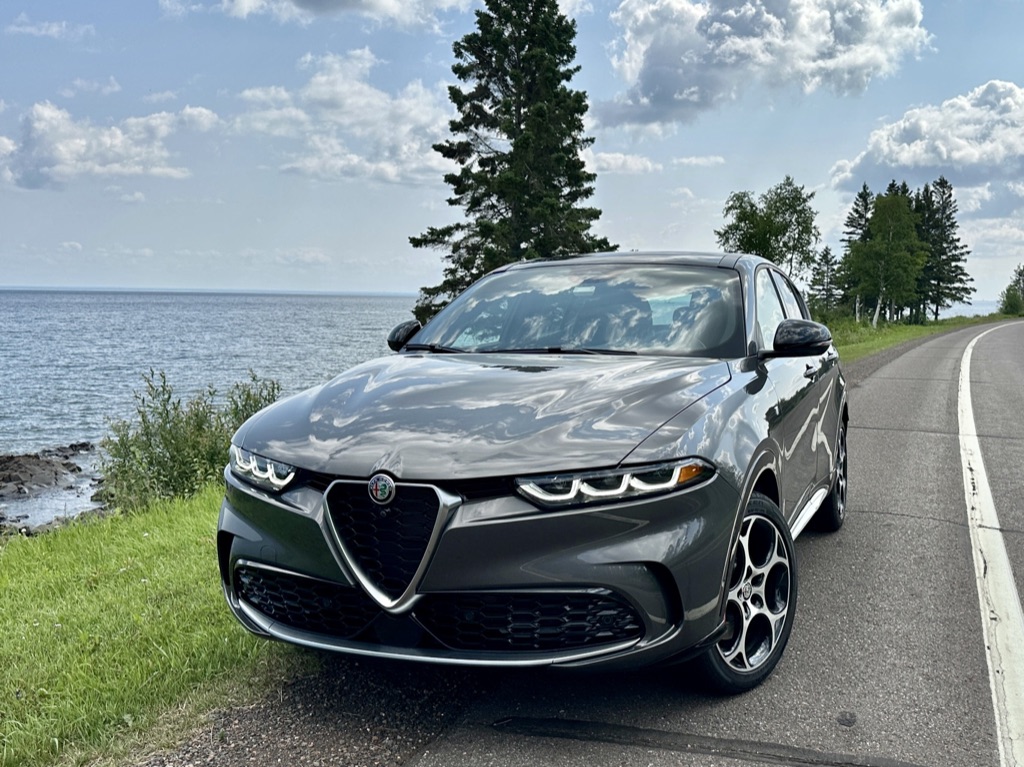
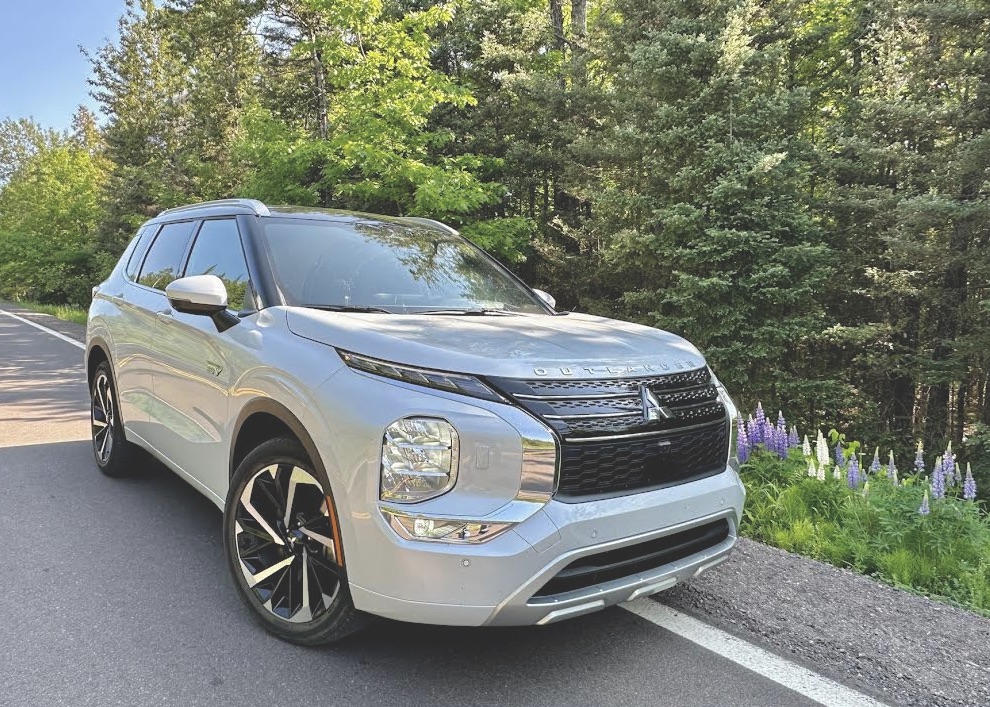
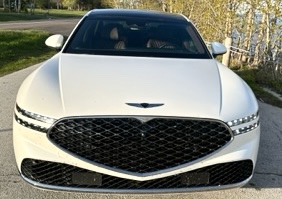
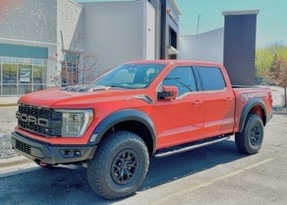
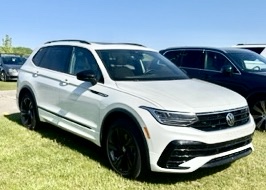
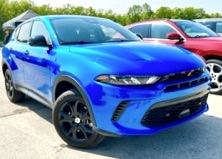

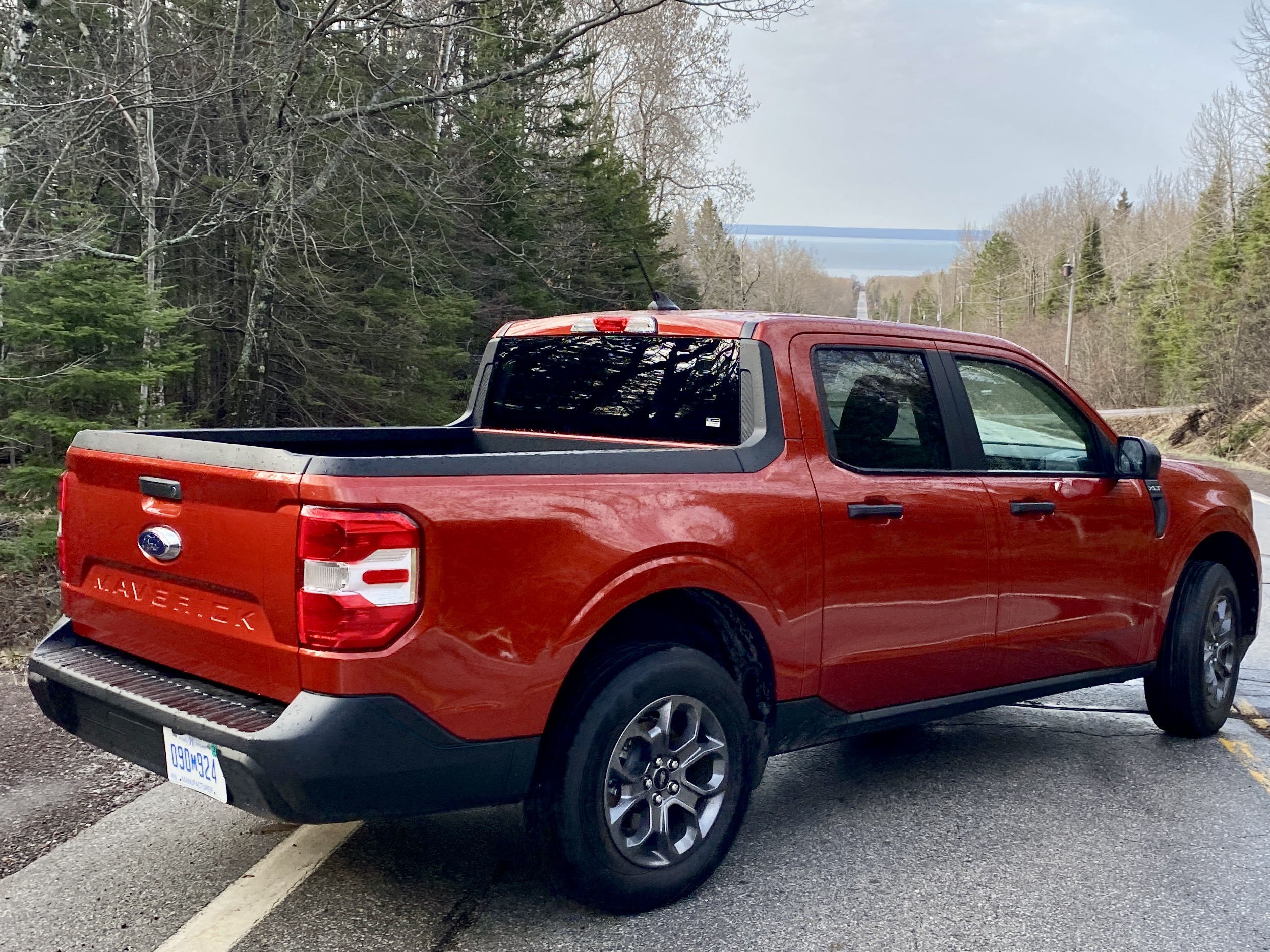
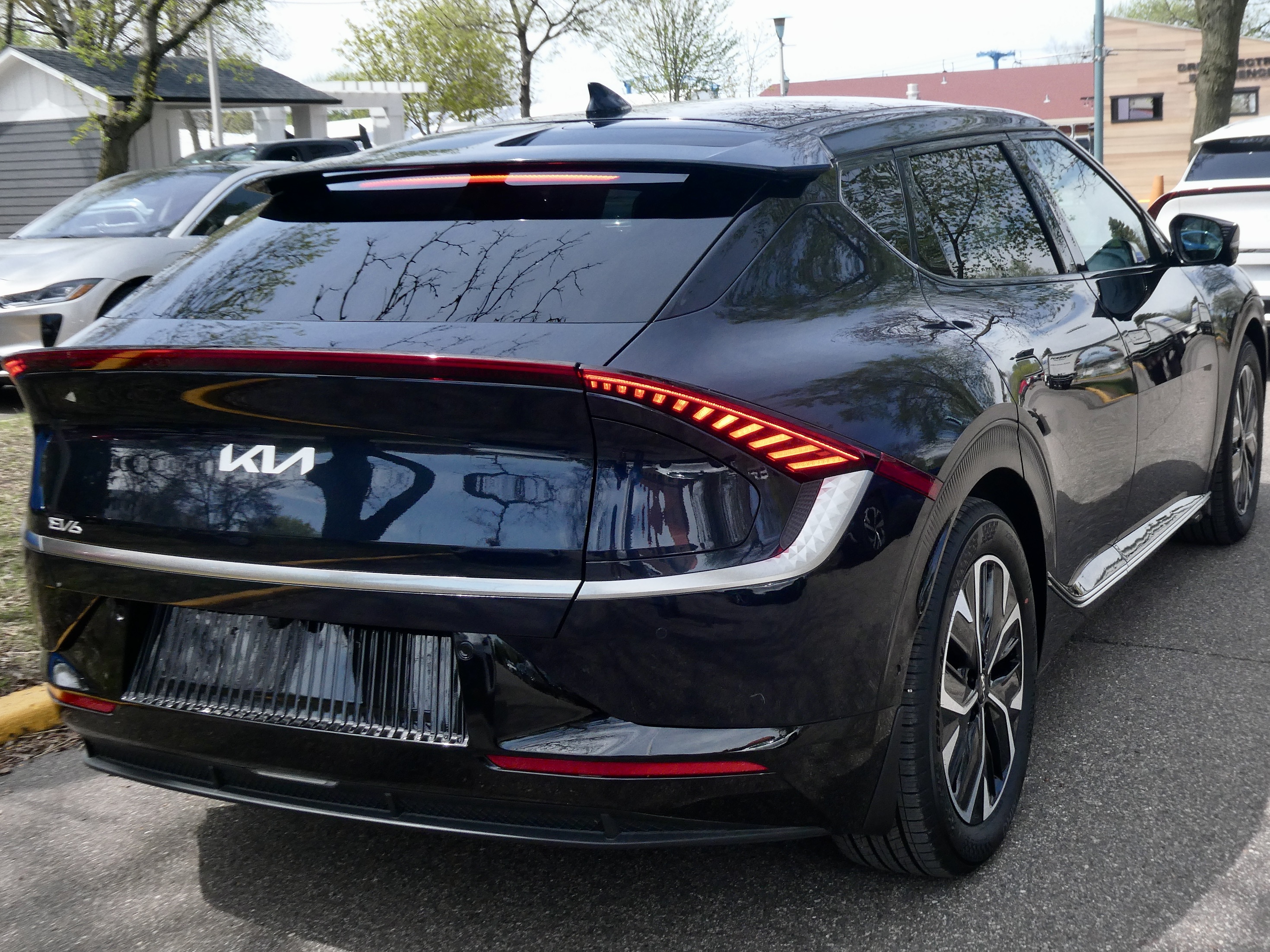
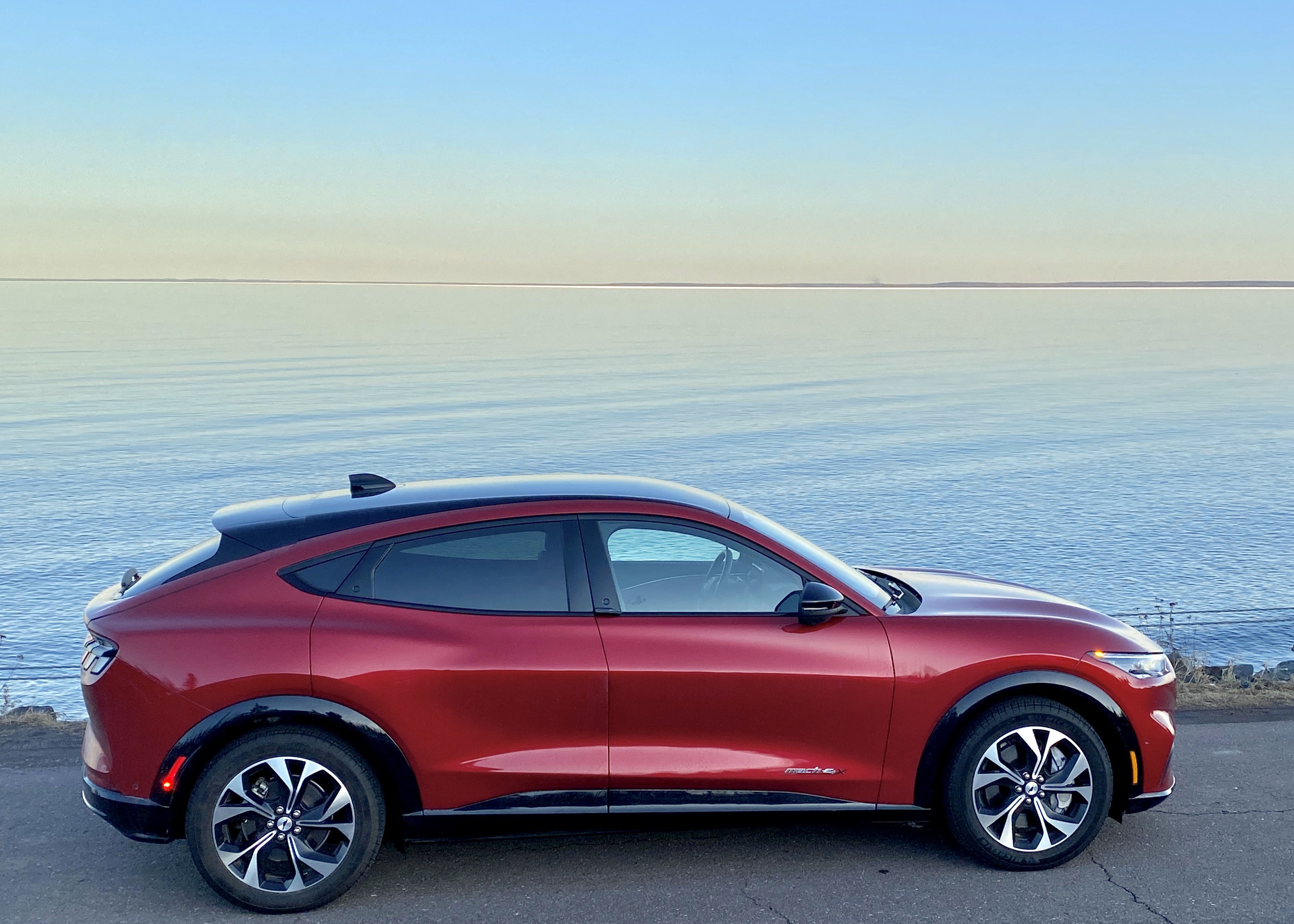
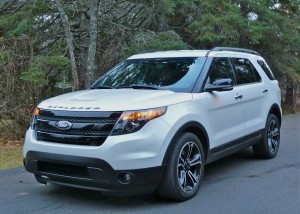
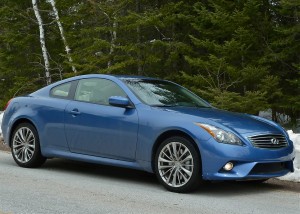
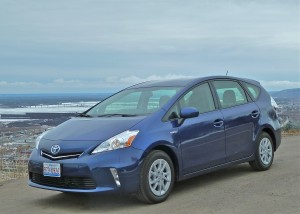
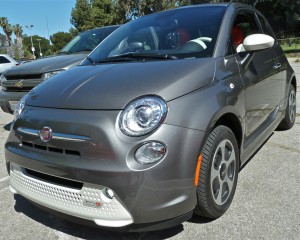
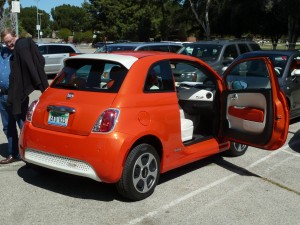
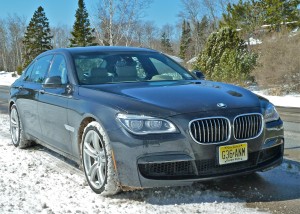
 John Gilbert is a lifetime Minnesotan and career journalist, specializing in cars and sports during and since spending 30 years at the Minneapolis Tribune, now the Star Tribune. More recently, he has continued translating the high-tech world of autos and sharing his passionate insights as a freelance writer/photographer/broadcaster. A member of the prestigious North American Car and Truck of the Year jury since 1993. John can be heard Monday-Friday from 9-11am on 610 KDAL(www.kdal610.com) on the "John Gilbert Show," and writes a column in the Duluth Reader.
John Gilbert is a lifetime Minnesotan and career journalist, specializing in cars and sports during and since spending 30 years at the Minneapolis Tribune, now the Star Tribune. More recently, he has continued translating the high-tech world of autos and sharing his passionate insights as a freelance writer/photographer/broadcaster. A member of the prestigious North American Car and Truck of the Year jury since 1993. John can be heard Monday-Friday from 9-11am on 610 KDAL(www.kdal610.com) on the "John Gilbert Show," and writes a column in the Duluth Reader.